The LP Tarantula, also known as the Lasiodora parahybana, is one of the largest tarantula species in the world, making it a popular choice for experienced hobbyists. This comprehensive guide will provide you with the essential knowledge to successfully care for an LP Tarantula, from setting up its enclosure to understanding its needs and behaviors. While their size can be intimidating, with the proper care and understanding, these fascinating creatures can be a rewarding addition to your home. This guide will equip you with the tools needed to embark on a fulfilling journey into the world of LP Tarantula care, ensuring your pet thrives under your care and attention, and it all starts with understanding what an LP tarantula is.
What is LP Tarantula
The Lasiodora parahybana, often called the LP tarantula, is a terrestrial tarantula native to Brazil. Known for its impressive size, with females capable of reaching a leg span of over 10 inches, this species is a sight to behold. They are typically brown to dark brown in color, with a dense covering of hairs. While their size is certainly a draw, it’s important to be aware of their temperament. LP Tarantulas can be skittish and may flick urticating hairs as a defense mechanism. Their lifespan can be quite long, with females living for over 20 years, making them a significant commitment for any pet owner. Understanding these basic characteristics is essential for providing the appropriate care and environment.
Origin and Habitat of LP Tarantulas
LP Tarantulas originate from the rainforests of Brazil, where they inhabit burrows in the ground or under rocks and logs. Their natural habitat is characterized by warm temperatures and high humidity. They thrive in environments with a distinct day-night cycle and a variety of ground cover. The soil in their natural habitat is typically rich in nutrients, providing a perfect environment for both burrowing and hunting. When replicating their natural environment in captivity, it’s crucial to consider these environmental factors. The setup you create should mimic the warmth, humidity, and security of their native habitat as closely as possible. This replication is essential for their well-being and helps them exhibit natural behaviors.
Choosing Your LP Tarantula
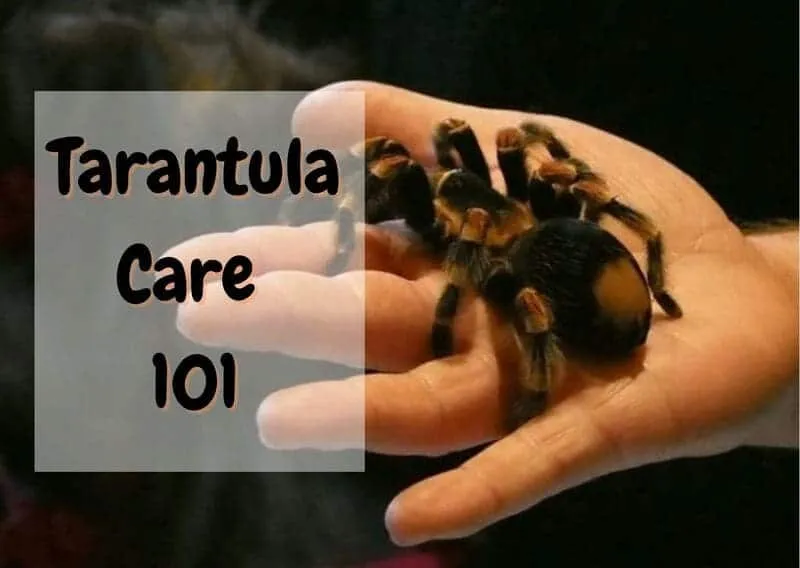
Selecting an LP Tarantula is a crucial first step. Before acquiring one, research reputable breeders or suppliers to ensure you’re getting a healthy specimen. Observe the tarantula’s behavior, and look for signs of health, such as an active disposition and a well-fed appearance. Consider the size of the tarantula you want, as this will dictate the size of the enclosure needed. Remember, a larger tarantula requires a larger enclosure. Finally, understand the commitment involved in tarantula care, as they require consistent care and attention over many years. Ensure you have the time, resources, and dedication necessary before bringing an LP Tarantula into your home. Careful consideration at this stage will set you up for success.
Selecting a Healthy Tarantula
When selecting your LP Tarantula, look for signs of a healthy specimen. The tarantula should have a plump abdomen, indicating it is well-fed. Its movements should be smooth and alert, not sluggish or uncoordinated. Avoid tarantulas with missing limbs or noticeable injuries. Check for any signs of parasites or mites, as these can be detrimental to their health. The tarantula’s fangs should appear intact and clean. Ask the breeder or seller about the tarantula’s feeding habits and molting history. A healthy tarantula is more likely to thrive in its new home and provide you with years of enjoyment. Taking these steps will help ensure you choose a vibrant and healthy LP Tarantula.
Setting Up Your LP Tarantula Enclosure
Creating the right environment is crucial for the health and well-being of your LP Tarantula. The enclosure should provide ample space for the tarantula to move, burrow, and feel secure. The substrate, temperature, and humidity must be carefully managed to mimic their natural habitat. Proper setup reduces stress and encourages natural behaviors, leading to a healthier, happier tarantula. A well-designed enclosure is not only functional but also allows for easy observation and maintenance, making it a rewarding aspect of tarantula ownership. Taking your time to create the perfect environment will pay dividends for your pet’s health and longevity.
Choosing the Right Tank Size
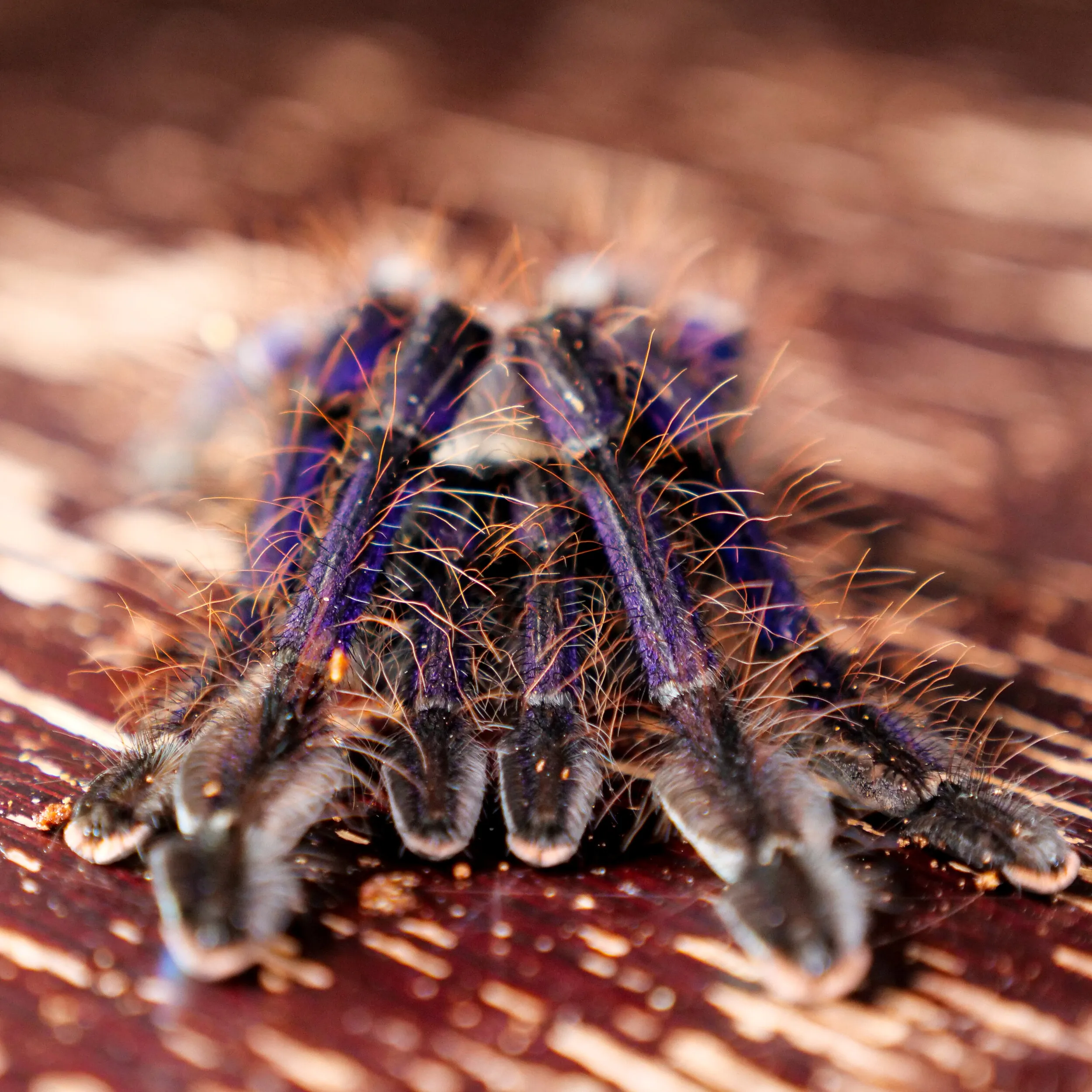
The size of the enclosure depends on the tarantula’s size. For slings (young tarantulas), a smaller enclosure is suitable, such as a 5-10 gallon tank, to help them feel secure and find their food easily. As the LP Tarantula grows, it will require a larger enclosure; an adult female will need a tank of at least 20-30 gallons, or even larger. The enclosure should be wider than it is tall, as LP Tarantulas are terrestrial. Ensure the enclosure has a secure lid to prevent escapes, as LP Tarantulas are strong and can push up lids that are not properly secured. Adequate space allows for the tarantula to engage in its natural behaviors, contributing to its overall well-being and preventing stress. Consider the long-term needs, as your tarantula will grow and need more room.
Substrate Selection and Setup
The substrate is essential for providing a comfortable and secure environment. A good substrate should be able to retain moisture, allow for burrowing, and provide a surface for the tarantula to move on. A mixture of peat moss, coco fiber, and a bit of vermiculite or sphagnum moss works well. The substrate should be deep enough (at least 6-8 inches) for the tarantula to burrow if it chooses. Keep the substrate slightly moist, but not waterlogged, to maintain proper humidity levels. Avoid substrates that are toxic or contain chemicals. Regularly check the substrate for mold or pests, and replace it periodically to maintain a clean and healthy environment. A good substrate setup is key to the tarantula’s overall comfort and well-being.
Temperature and Humidity Control
LP Tarantulas thrive in warm, humid environments. The ideal temperature range is between 75-85°F (24-29°C). Use a heat mat on the side of the enclosure, not underneath, to provide gentle, consistent heat. Monitor the temperature using a thermometer placed inside the enclosure. Humidity levels should be maintained at 60-70%. You can achieve this by misting the enclosure with water every few days and ensuring the substrate is slightly moist. Use a hygrometer to monitor humidity levels accurately. Poor temperature and humidity control can lead to health issues, such as difficulty molting or respiratory problems. Regular monitoring and adjustments are critical for maintaining the optimal conditions for your LP Tarantula.
Feeding Your LP Tarantula
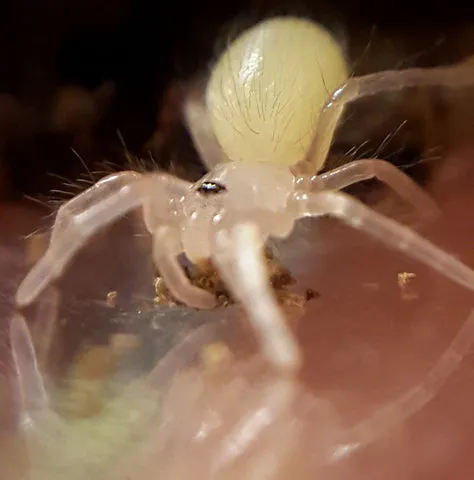
Providing a proper diet is crucial for the health and growth of your LP Tarantula. They are voracious eaters and require a diet consisting primarily of insects. Understanding their dietary needs, feeding frequency, and food selection are essential aspects of tarantula care. A well-fed tarantula is more likely to thrive and grow into a healthy, impressive specimen. Consistent and appropriate feeding is an important responsibility for any tarantula owner, contributing to their well-being and long life. Always make sure you are offering clean and safe food for your LP Tarantula.
Choosing the Right Food
The best food for LP Tarantulas consists of various insects. Crickets, mealworms, dubia roaches, and other commercially available insects are all suitable. The size of the food should be appropriate for the size of the tarantula; a good rule of thumb is to offer insects that are no larger than the tarantula’s body. Ensure the insects are gut-loaded with nutritious food before feeding them to your tarantula, as this will provide the tarantula with essential vitamins and minerals. Avoid feeding wild-caught insects, as they may contain parasites or pesticides. Always remove uneaten insects after 24 hours to prevent them from stressing or harming your tarantula. A diverse and nutritious diet supports the tarantula’s overall health.
Feeding Frequency and Schedule
The feeding frequency depends on the age and size of your LP Tarantula. Spiderlings should be fed several times a week, while adults can be fed less frequently. A good starting point is to feed adults once or twice a week, or even less often if they are not actively eating. Observe your tarantula’s behavior. If it readily eats and appears to be growing, you can maintain your feeding schedule. If the tarantula refuses food, it may be preparing to molt, or it may simply not be hungry. Remove any uneaten food after 24 hours. Always provide fresh water, especially after feeding, and monitor their overall body condition. Adjust the feeding schedule accordingly, and avoid overfeeding, as this can lead to health problems.
Watering Your LP Tarantula
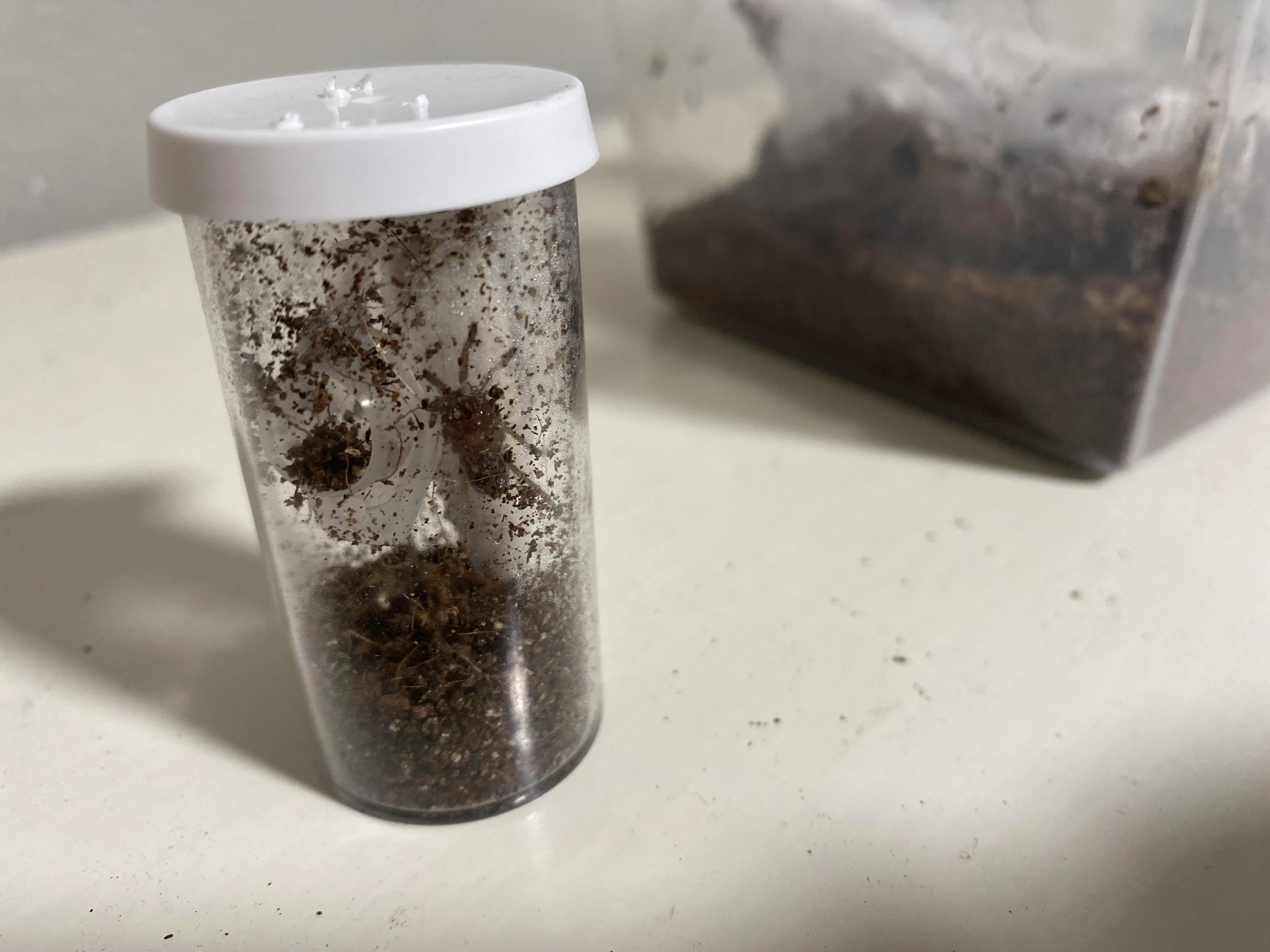
Water is essential for the health and hydration of your LP Tarantula. Providing a clean and accessible water source is a critical aspect of their care. Proper hydration supports molting, digestion, and overall well-being. Understanding how to provide and maintain a suitable water source ensures your tarantula remains healthy and comfortable. The right approach to watering can significantly impact the tarantula’s quality of life and longevity. This includes not only providing clean water but also maintaining humidity levels.
Providing Clean Water
Always provide your LP Tarantula with a shallow dish of fresh, clean water. The water dish should be small enough to prevent the tarantula from accidentally drowning. Use a shallow dish or a bottle cap filled with water. Change the water regularly, at least once or twice a week, to prevent the growth of bacteria and algae. Ensure the dish is stable and won’t tip over. Water quality is just as important as providing the water itself. Use dechlorinated water or bottled water to avoid harmful chemicals. A clean, easily accessible water source is an essential part of their daily needs and promotes their overall health and hydration, ensuring their comfort and longevity.
Misting and Humidity Control
In addition to providing a water dish, misting the enclosure is essential for maintaining the correct humidity levels. Use a spray bottle with dechlorinated water to mist the enclosure once or twice a week, or as needed, to maintain humidity between 60-70%. Do not overspray, as this can lead to mold growth and other issues. Pay particular attention to the substrate; it should be slightly moist but not waterlogged. Monitor humidity levels using a hygrometer. Proper humidity is critical, especially when the tarantula is preparing to molt, as it helps to loosen the old exoskeleton. Consistent monitoring and adjustments will ensure your tarantula thrives in a healthy environment.
Handling Your LP Tarantula
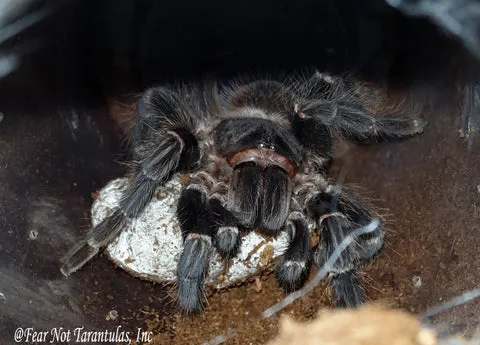
While LP Tarantulas are fascinating creatures, they are not generally recommended for frequent handling. Their size, combined with their potential defensive behavior, makes handling risky. Understanding when it’s appropriate to handle a tarantula, along with safe handling techniques, is crucial for both your safety and the tarantula’s well-being. Prioritizing the tarantula’s comfort and minimizing stress is essential. Handling should be reserved for necessary situations, such as enclosure maintenance or health checks, and should be approached with caution and respect for the animal.
When to Handle (and When Not To)
Avoid handling your LP Tarantula unless absolutely necessary. Handling can be stressful for the tarantula and increases the risk of bites or urticating hairs. If you must handle the tarantula, do so only when it is calm and appears relaxed. Never handle a tarantula that is exhibiting defensive behavior, such as raising its front legs, or if it is close to molting. Avoid handling after a feeding or when the tarantula is in its burrow. Prioritize the tarantula’s well-being, and choose to observe from a distance to minimize stress and the risk of injury. A healthy tarantula that is not stressed is a happy tarantula.
Safe Handling Techniques
If you must handle your LP Tarantula, approach it slowly and calmly. Use a soft brush or tool to gently encourage the tarantula to move onto your hand. Avoid sudden movements or loud noises. Handle the tarantula over a soft surface, such as a bed or a carpet, in case it falls. Wash your hands thoroughly before and after handling to avoid transferring any substances. Be aware of the tarantula’s behavior at all times and watch for signs of stress. Keep handling sessions brief to minimize stress, and always prioritize the safety of both yourself and the tarantula. Respect for the animal is paramount.
Common Health Issues in LP Tarantulas
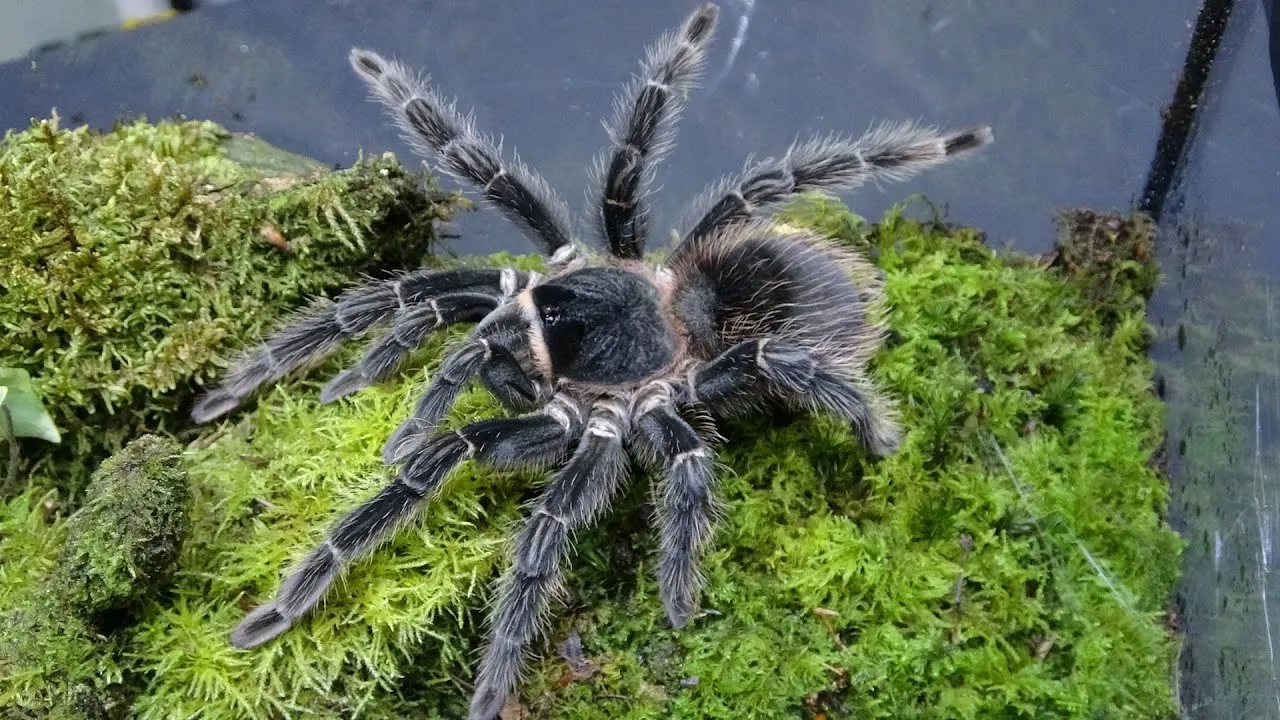
Like all pets, LP Tarantulas can be susceptible to certain health issues. Knowing how to recognize and address these potential problems can make a huge difference in your ability to care for your pet. Recognizing signs of illness, and knowing how to respond can help you take appropriate action and keep your tarantula healthy. Early detection and prompt treatment are key to ensuring your tarantula’s longevity. Regular monitoring and observation are critical for catching problems early, leading to better outcomes.
Recognizing and Treating Mites
Mites are a common problem in tarantula enclosures. These tiny pests can infest the tarantula and cause irritation and stress. Signs of mites include small, moving dots on the tarantula or in the enclosure, as well as the tarantula scratching excessively. To treat mites, you can carefully remove the tarantula from the enclosure and clean the enclosure thoroughly, replacing the substrate and any decorations. In some cases, you may need to treat the tarantula with a mite-specific treatment, but consult with a veterinarian or experienced tarantula keeper before applying any chemicals. Prevention is key; ensure proper ventilation, and monitor the enclosure regularly for signs of mites. Quarantine new specimens before introducing them to existing collections.
Molting Process Explained
Molting is a natural process where tarantulas shed their exoskeleton to grow. The frequency of molting depends on the tarantula’s age; juveniles molt more frequently than adults. Before molting, the tarantula may stop eating, become lethargic, and develop a darker coloration. It may also create a web mat on the surface of the enclosure. During molting, the tarantula will lie on its back and shed its old exoskeleton. Do not disturb the tarantula during this process. Afterward, the tarantula will be vulnerable and its fangs will be soft. Leave the tarantula alone for a few days until its new exoskeleton hardens. Provide a moist environment to facilitate the molting process. After molting, your tarantula may eat more than usual.
Breeding LP Tarantulas (Advanced)
Breeding LP Tarantulas is an advanced undertaking that requires a solid understanding of tarantula behavior and biology. This process involves carefully selecting a male and female, creating optimal conditions for mating, and providing proper care for the egg sac and spiderlings. Breeding requires significant space, resources, and time. It’s an endeavor that’s best suited for experienced tarantula keepers. If you are new to tarantula care, focus on mastering the basics of care before considering breeding your LP Tarantula.
Identifying Males and Females
Sexing LP Tarantulas is crucial for breeding. The most accurate way to determine the sex of a tarantula is to examine its molt. Look for the presence of spermathecae in the female’s molt, which are small receptacles used for storing sperm. Males have a more pronounced hook on their front legs, which they use to hold the female’s fangs during mating. These hooks are typically easier to see as the tarantula reaches maturity. Identifying the sex correctly is essential for successfully pairing the tarantulas. This will ensure that they are compatible and will lead to successful breeding.
Mating and Egg Sac Care
Mating LP Tarantulas can be a delicate process. Introduce the male to the female’s enclosure under close supervision. Be prepared to separate them immediately if the female shows aggression towards the male, as she may attack and kill him. If the mating is successful, the female will create an egg sac. Provide a stable environment with optimal temperature and humidity for the egg sac. The female will typically guard the egg sac. After a few weeks, the spiderlings will hatch. Providing appropriate care for the egg sac is vital for the successful breeding of LP Tarantulas. The spiderlings will need their own enclosure and specialized care until they reach maturity.
Conclusion
Caring for an LP Tarantula is a rewarding experience, providing you with the chance to observe the beauty and behavior of these incredible creatures. By following this guide and prioritizing their needs, you can provide your LP Tarantula with a healthy and fulfilling life. Always remember to research and educate yourself continually. Understanding the specifics of tarantula care is key to responsible pet ownership, and it includes a deep commitment to the well-being of your pet. Enjoy the fascinating world of tarantulas and the unique journey of caring for your LP Tarantula.
